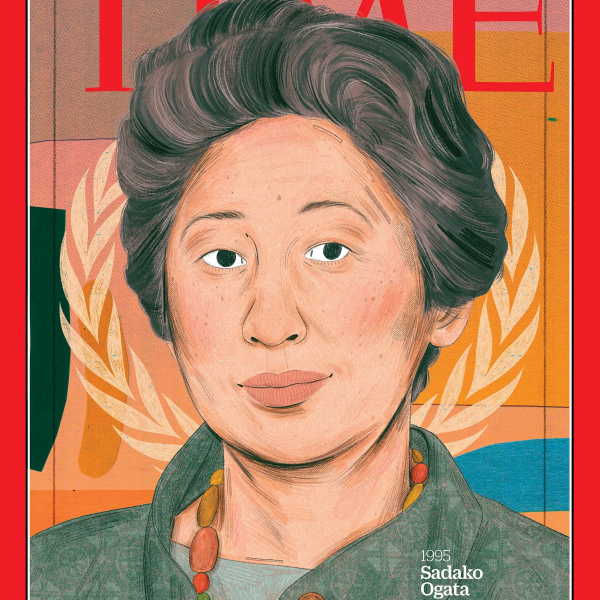On the first afternoon of our institute, Harper Barnes and Andrew Theising provided the compelling story of the 1917 race riot in East St. Louis. We learned that this community of roughly 70,000 people had been recently inundated by thousands of African Americans who were part of the Great Migration. East St. Louis was described as the “industrial suburb” of St. Louis, a town plagued by smokestacks, a “sin” economy and a working class population. From the readings, we also learned that during the riot, there was a mass exodus of African Americans who “escaped” across the bridge to St. Louis.
From what we learned on the first day, one might get the impression that the racial climate was significantly better on the Missouri side of the river. While it is true that there were no major race riots during this period in St. Louis as there were in other cities such as Chicago and Tulsa, there was still ample segregation in the Mound City. In fact, St. Louis was (and some would say still is) one of the most racially segregated cities in the nation. In 1920, St. Louis had slipped to sixth place among American cities with just under 775,000 people. While fewer than 10% were African American, they were forced by law and by tradition to live in areas on the North side or in a more central locale called the Mill Creek Valley.
While this pattern of racial segregation was common in many American cities at the time, St. Louis took it step further. In 1916, voters passed an ordinance by a three to one margin that required that no one could move to a block on which more than 75% of the residents were of another race. When the NAACP successfully challenged this in the courts, real estate agents turned to racial covenants, which simply forbid the sale of a house to “persons not of the Caucasian race” for fifty years. These racial covenants continued to exist up to 1948 when the Supreme Court finally ruled them to be unconstitutional in a case called Shelly v. Kraemer, a case that originated in, you guessed it, St. Louis.
As someone who has lived in St. Louis for the last 25 years, I am curious to know why this pattern of segregation is so prevalent. In addition, I also wonder why the extreme violence in 1917 was contained to the east side of the river. Did St. Louis simply push its most extreme racial problems over to Illinois or is there a more complex explanation?
-- Joe Regenbogen




